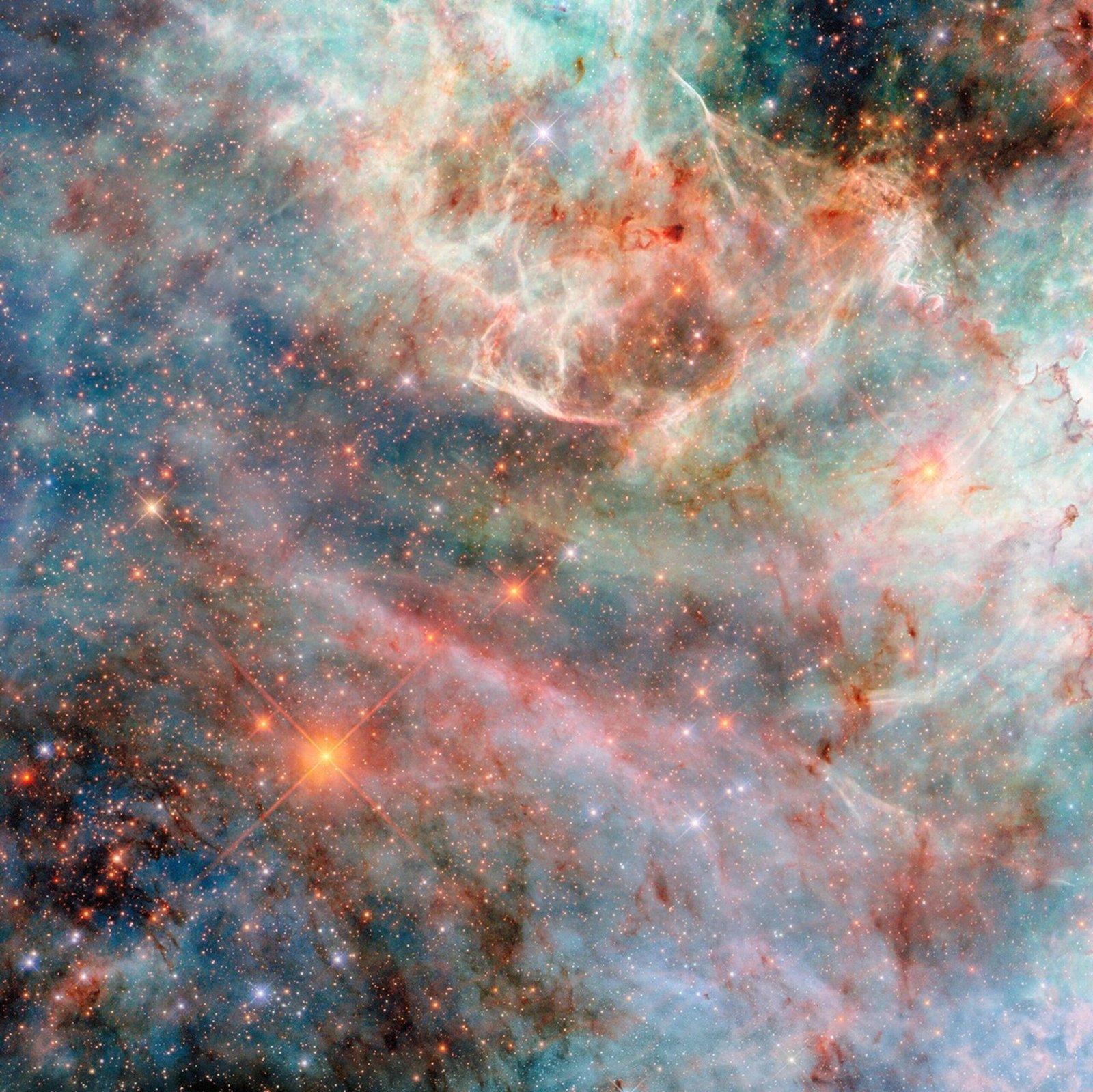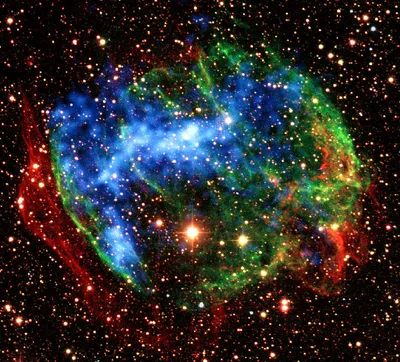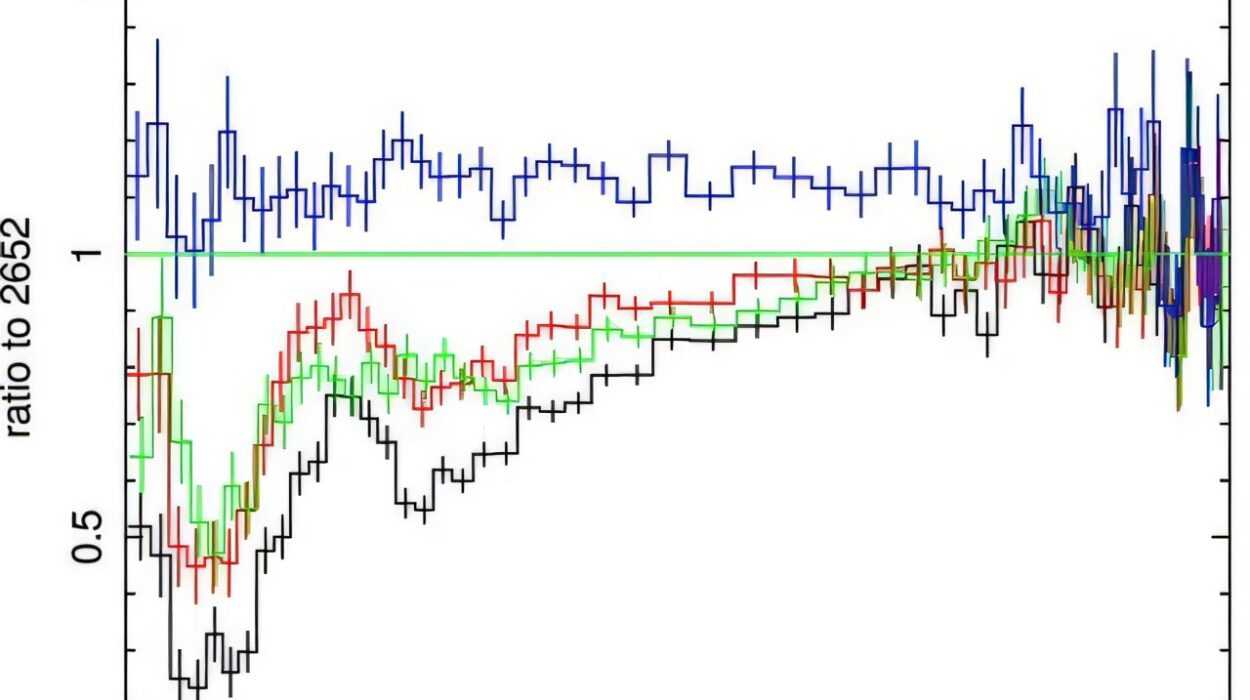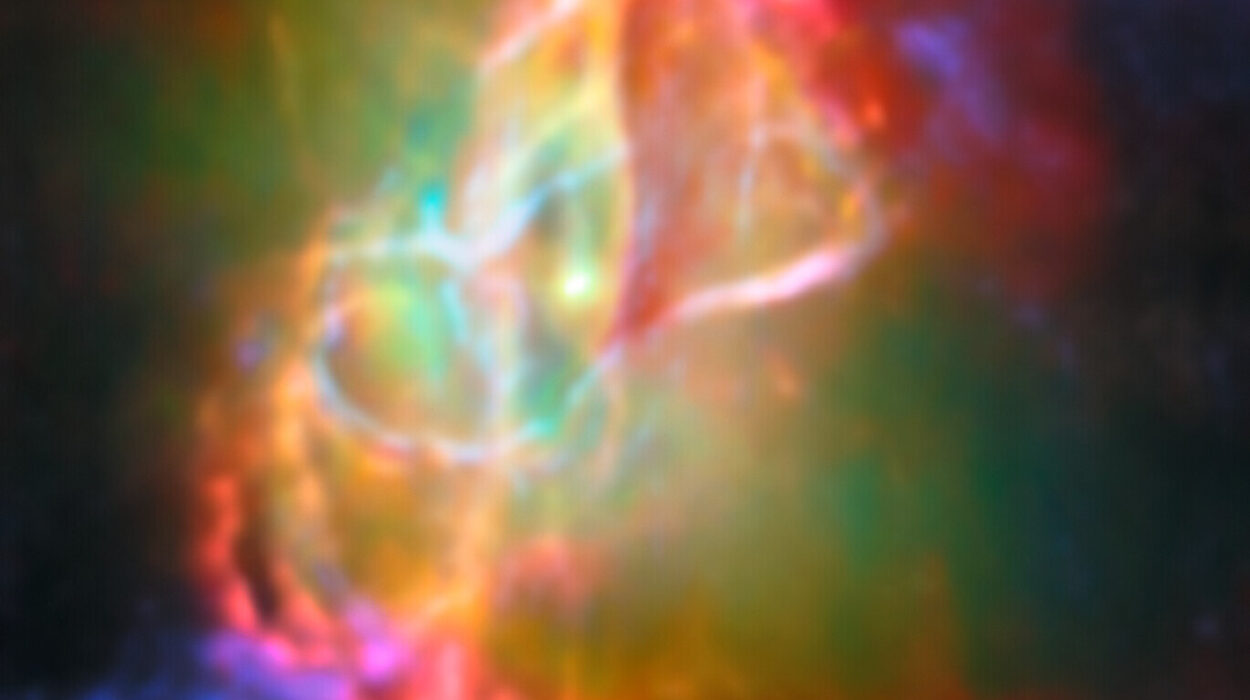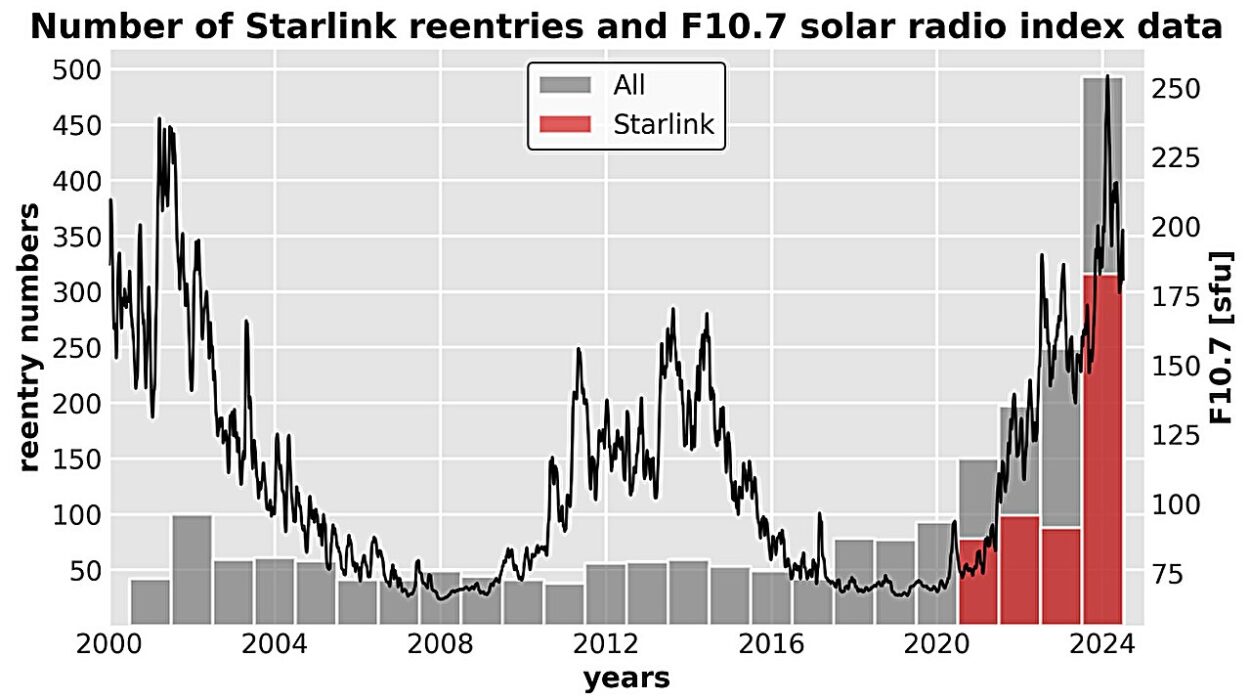Hovering like a luminous patch of sky-fire 160,000 light-years away, the Large Magellanic Cloud (LMC) is one of the Milky Way’s closest galactic neighbors—and it’s putting on a show. In a breathtaking new image from the NASA/ESA Hubble Space Telescope, this dwarf galaxy unveils a landscape of gas and dust so vibrant it seems almost too surreal to be real. But thanks to Hubble’s suite of high-tech instruments, including the versatile Wide Field Camera 3 (WFC3), this view is not only a visual marvel—it’s a scientific treasure.
A Cosmic Cotton Candy Cloudscape
The image captures a swirling, sparkling expanse of interstellar gas that looks like it was spun from stardust and colored by dreams. These wispy structures aren’t just cosmic eye candy—they’re the raw material of stars. Within these luminous filaments, gravity slowly pulls matter together until nuclear fusion ignites, giving birth to new stars and planetary systems. The Large Magellanic Cloud is a stellar nursery on a galactic scale, and Hubble offers a front-row seat.
What makes this image stand out is the kaleidoscopic color palette. Vivid blues, purples, and glowing reds swirl together in a composition that looks like it belongs in an art gallery. But there’s more than beauty here—there’s data.
Seeing the Unseen with Hubble’s Filters
The colors in this image weren’t simply snapped like a photo on your phone. Instead, Hubble’s WFC3 used five separate filters to collect light at specific wavelengths, some far beyond the range of human vision. These filters isolate narrow slices of the electromagnetic spectrum—from ultraviolet to near-infrared—and each one reveals different physical properties of the gas and dust.
When scientists process the raw data, they assign colors to each wavelength. For instance, ultraviolet light—unseen by our eyes—is often mapped as blue or violet, while longer-wavelength infrared light may be tinted red. Visible light filters get colors that match what they capture, creating a composite that’s both scientifically rich and visually stunning.
This technique is called “false color imaging,” but that doesn’t mean the colors are fake. Rather, they’re a translation—a way of making invisible information accessible to human perception. These images serve dual roles: they are tools of discovery for scientists and awe-inspiring works of art for the rest of us.
Why the Large Magellanic Cloud Matters
The LMC, though considered a “dwarf” galaxy, is a powerhouse of star formation. Unlike the tightly wound spiral arms of our Milky Way, the LMC is more irregular in shape, appearing like a smudge in the southern sky. But inside this relatively small galaxy lies a flurry of activity—regions like the Tarantula Nebula, one of the most active star-forming areas in the entire Local Group of galaxies.
Studying these environments gives astronomers insight into how stars and galaxies evolved over billions of years. The LMC is close enough that Hubble can resolve individual stars and gas structures in detail, yet distant enough to provide a broader cosmic context. It’s like being able to examine the leaves on a tree while still appreciating the shape of the entire forest.
Painting the Universe with Data
One of the most fascinating aspects of modern astrophysics is its fusion of science and aesthetics. The images we receive from space telescopes like Hubble aren’t just diagnostic—they’re expressive. They help us understand the universe, not just through numbers and equations, but through color, structure, and emotion.
Every pixel in Hubble’s image tells a story: of atoms and ions colliding, of gravity at work over eons, of the raw material of creation. And each filter used by WFC3 peels back another layer of this cosmic onion, revealing truths hidden from our naked eyes.
So when you gaze at this candy-colored cloudscape from the Large Magellanic Cloud, you’re not just looking at a pretty picture. You’re witnessing the universe through the eyes of a technological marvel—one that has expanded humanity’s vision for over three decades. It’s a glimpse into the soul of a galaxy, rendered in colors we can finally see.
In the cosmos, beauty and knowledge are often two sides of the same coin—and Hubble has once again flipped it in our favor.
